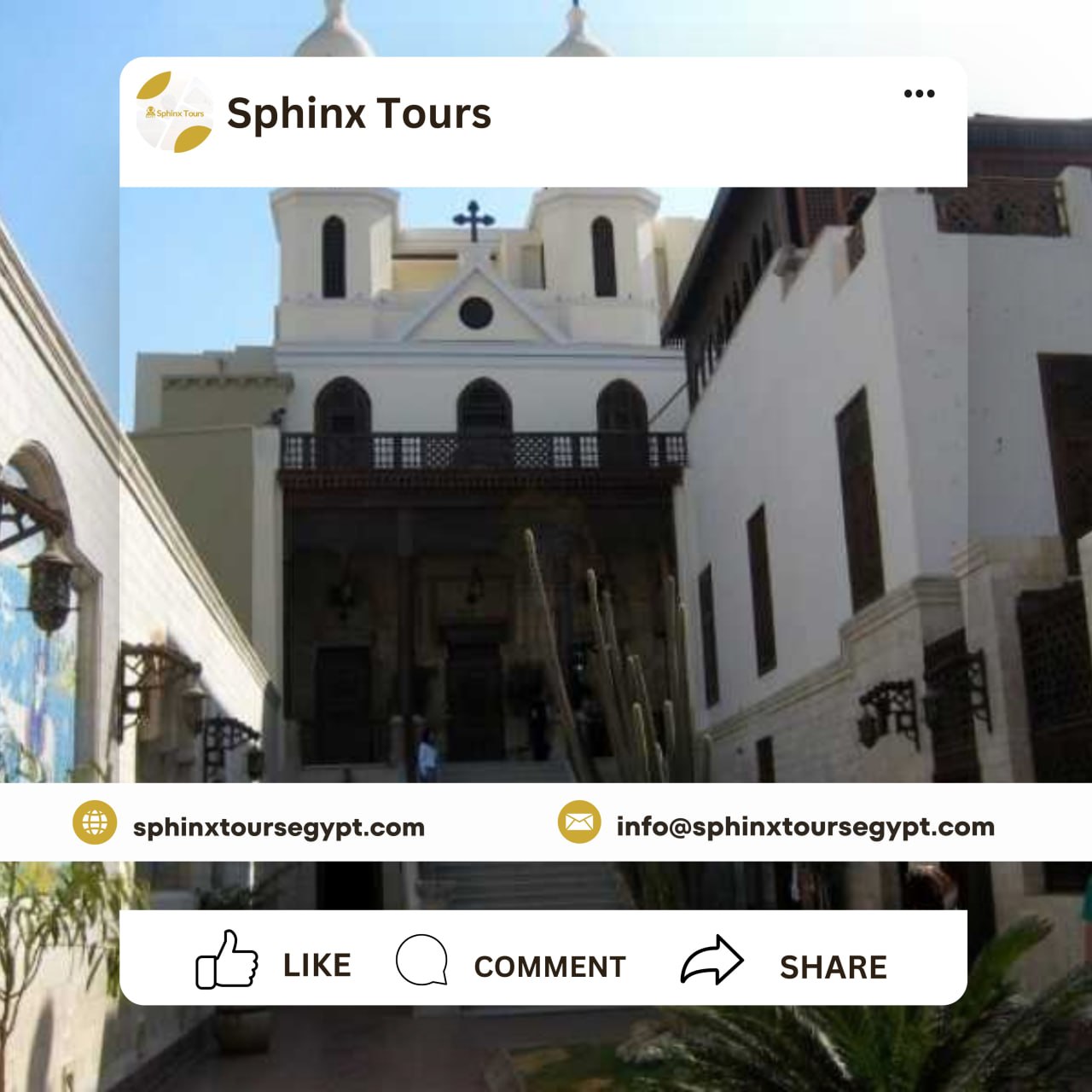What does the religious complex contain?
The religious complex in ancient Egypt is located near the ancient Babylon Fortress, and includes the Mosque of Amr Ibn al-Aas, the Hanging Church, the Ben Ezra Jewish Synagogue, and a number of other churches, including: the Church and Cave of Mary Girgis, the Church of the Virgin Mary and the Holy Cave and the Holy Well, the Convent of the Girls, and the Church of Saint Barbara.
What are the churches of ancient Egypt?
Diocese of Old Cairo
Church of St. Joseph the Carpenter, Old Cairo, Cairo, Egypt
Church of the Martyr Prince Tadros, Old Cairo, Cairo, Egypt
Church of Anba Shenouda, Damisheria, Cairo, Egypt
Church of the Martyr Mar Mina, Fom El-Khalig, Cairo, Egypt
Church of the Martyr Mar Mina, Headquarters of the Monastery of Mar Mina, Cairo, Egypt
Church of the Archangel Michael, Old Cairo, Cairo, Egypt
What is the largest church in Egypt?
The Coptic Orthodox Church of Alexandria is the official name of the largest Christian church in Egypt. The church belongs to the family of Eastern Orthodox churches, since the Council of Chalcedon in 451 AD. This church was founded by Saint Mark the Apostle and Evangelist in the first century.
How many churches are there in Cairo?
The report pointed out the geographical distribution of churches and buildings that were legalized and regularized, as there are 203 churches and buildings in Giza, 183 churches and buildings in Alexandria, 198 churches and buildings in Sohag, 149 churches and buildings in Cairo, 349 churches and buildings in Minya, 150 churches and buildings in Qalyubia, and 217 churches and buildings in Assiut.
Coptic Museum
The Coptic Museum is located within the walls of the famous Babylon Fortress in ancient Egypt, which is considered one of the most famous and largest remaining monuments of the Roman Empire in Egypt. The museum was established in 1908 AD, through the efforts of Marcos Samika Pasha, who is considered one of the prominent Christian figures and was interested in preserving the Coptic heritage. The museum was opened in 1910 AD, and its total area, including the garden and the fort, is about 8,000 square meters. It was developed with its old and new wings, along with the Hanging Church, and was then opened in 1998 AD. The Coptic Museum houses the largest collection of Coptic antiquities in the world. The museum’s collection reflects Coptic history from its earliest beginnings in Egypt through its rise as a leading center of Christianity in the world. The antiquities on display in the museum reflect the blending of Coptic art with the prevailing cultures including the Pharaonic, Greek, Roman, Byzantine and Ottoman, and its development to become its own character and identity. The museum also contains a collection of exquisitely decorated manuscripts, icons, finely carved woodwork, and elaborate frescoes decorated with religious scenes and surviving from ancient monasteries and churches.
The Hanging Church
The Hanging Church is one of the most famous and oldest Coptic monuments in Egypt. It is distinguished by its rare architectural style, which makes it one of the most beautiful churches in the Middle East. It also represents the first seat of the patriarchs in Cairo. The reason for calling it “The Hanging Church” is due to its construction on two ancient towers of the towers of the Roman fort known as “Babylon Fortress”, which was built during the reign of Emperor Trajan in the second century AD. The church was built at a height of 13 meters above ground level and on an area of 23 meters long, 18.5 meters wide and 9.5 meters high. The church was built in the late fourth and early fifth centuries AD. It is rectangular in shape and features a basilica style consisting of 3 wings and a sanctuary distributed over 3 parts, which are the main nave and two small wings, including 8 columns on each side of the church. The church has 3 sanctuaries on the eastern side, the right sanctuary bears the name “Saint John the Baptist”, the left bears the name “Saint Mary George”, and the middle bears the name “Saint Mary the Virgin”, in addition to a group of column capitals that feature the “Corinthian” style, which is a decorative column style developed in ancient Greece. The church is considered the first papal headquarters in Cairo and many major Christian religious celebrations were held there. Perhaps what this church is famous for are the 90 icons distributed on its walls. The Hanging Church witnessed the first restoration process in 1998 AD, and the restoration of the church included treating the effects resulting from the increase in the groundwater level, in addition to restoring the church’s icons and wall paintings.


0 Comment